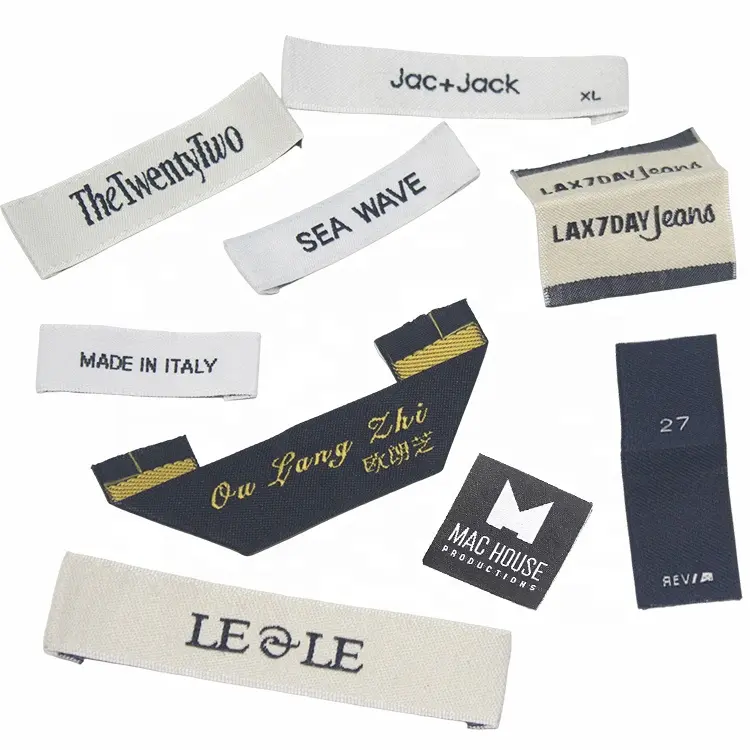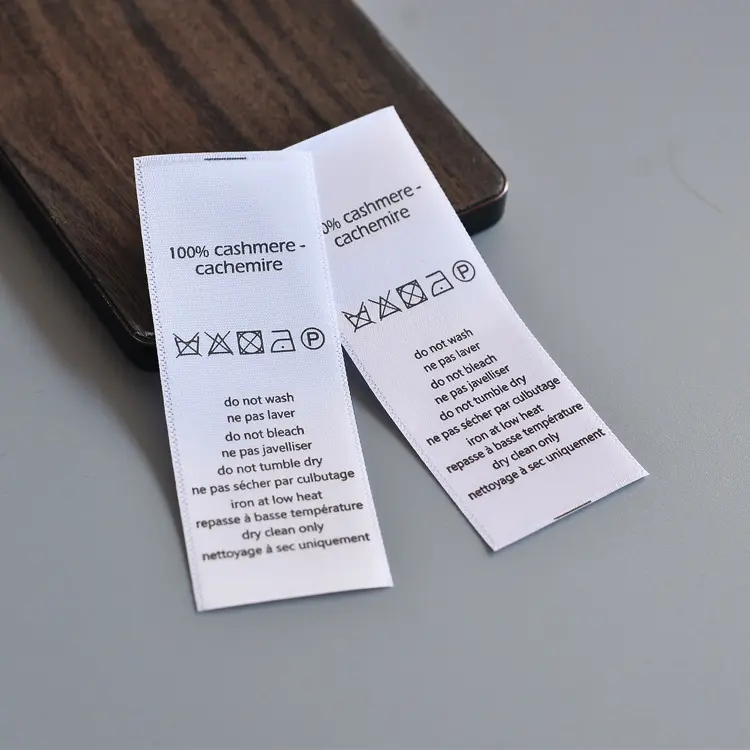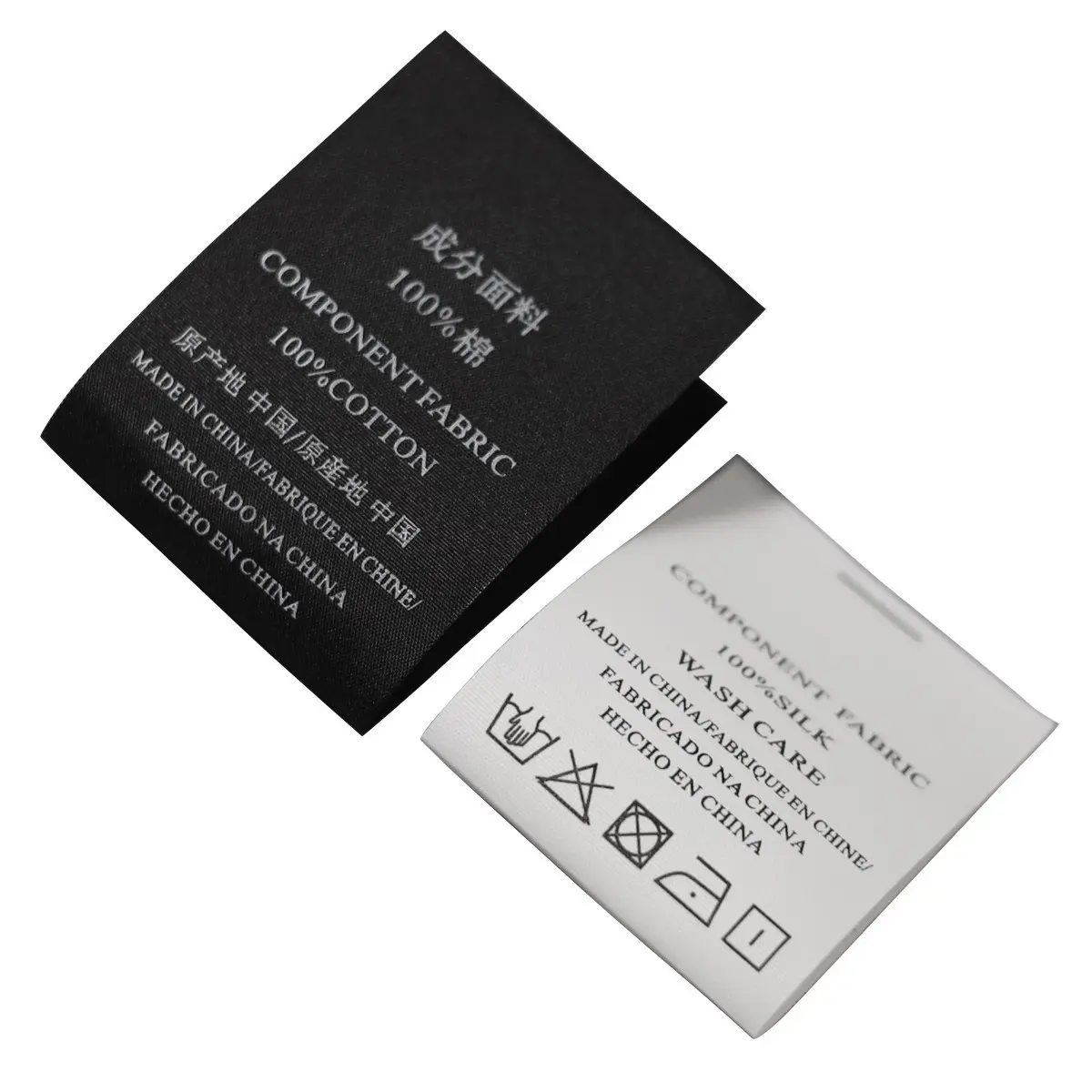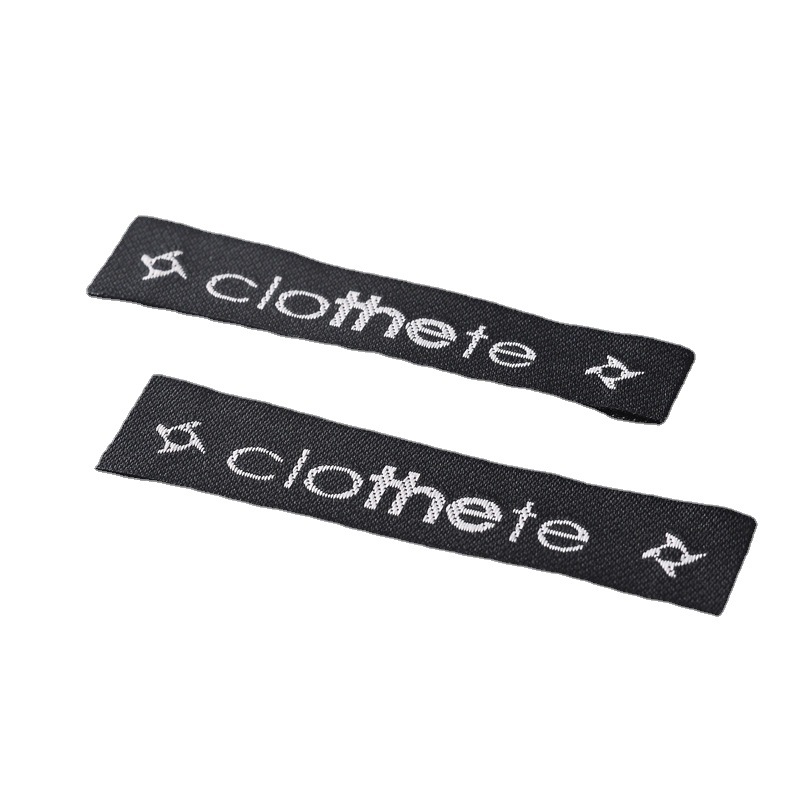Clothing and Textile Care and Composition Labels
Clothing and Textile Care and Composition Labels
Care and composition labels are crucial in the fashion and textile industry, providing key information about a product’s lifespan, compliance, and sustainability. These labels help improve transparency and build trust, whether for consumers or clothing brands.
These labels not only ensure proper garment care but also help consumers make informed purchasing decisions. We will explore the key roles and benefits of these labels.
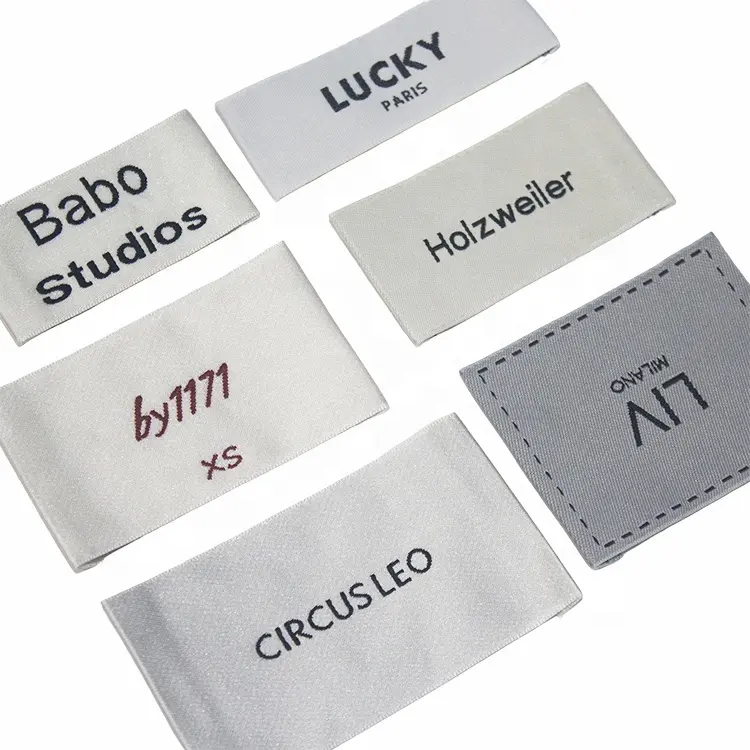

What Are Care and Composition Labels?
Care and composition labels are small tags sewn into clothing, providing the following information:
- How to wash, dry, and store;
- Fabric composition;
- Compliance;
- Sustainability and ethical sourcing.
These labels help prevent damage, extend the product’s lifespan, and provide transparency about quality and sourcing.
The Importance of Care Labels
1. Extending the Garment’s Lifespan
Care labels help customers properly maintain their clothes and avoid damage, such as washing in hot water or tumble drying.
Labels provide:
- Washing instructions
- Temperature settings
- Bleach restrictions
- Drying methods
- Ironing guidelines
Following the labels can extend the lifespan of garments and reduce waste.
2. Preventing Loss
Ignoring care labels can lead to shrinkage, fading, or deformation. Checking the label can help avoid irreversible damage.
### Why Composition Labels Matter
1. Helping Consumers Make Informed Purchases
Fabric composition affects the wearing experience. Labels help consumers choose the right clothing, such as for weather adaptation or to avoid allergies.
Additionally, labels help differentiate between natural and synthetic materials.
2. Enhancing Brand Trust
Transparent composition labels build brand integrity. A lack of transparency can cause consumer doubts.
Compliance with Laws and Regulations
Labels must comply with relevant laws to ensure accurate information is conveyed. Failure to comply could result in legal penalties and loss of consumer trust.
1. U.S. Labeling Requirements
In the U.S., clothing labels must indicate:
- Fiber content
- Country of origin
- Care instructions
2. Country of Origin Marking
Imported clothing must indicate its country of origin.
3. EU Labeling Requirements
Products sold in the EU must display fabric composition, care information, and safety compliance.
Ensuring compliance avoids legal risks and enhances consumer trust.
Sustainability and Ethical Fashion
1. Helping Choose Sustainable Fabrics
Consumers are increasingly concerned with environmental and ethical sourcing. Labels can show whether a product uses sustainable or recycled materials.
2. Encouraging Eco-Friendly Care
Labels can also offer eco-friendly care suggestions, such as washing with cold water or air-drying, to reduce energy consumption and carbon footprints.
Why Care and Composition Labels Are Important
These labels not only provide washing and fabric information but also:
- Extend garment lifespan;
- Help with informed purchasing;
- Ensure compliance;
- Promote sustainable fashion.
Well-designed labels improve brand transparency and trust, helping consumers make environmentally conscious and rational choices.
LIJIE specializes in customizing care and composition labels for your brand. Need help designing the perfect label? Contact us today!
























